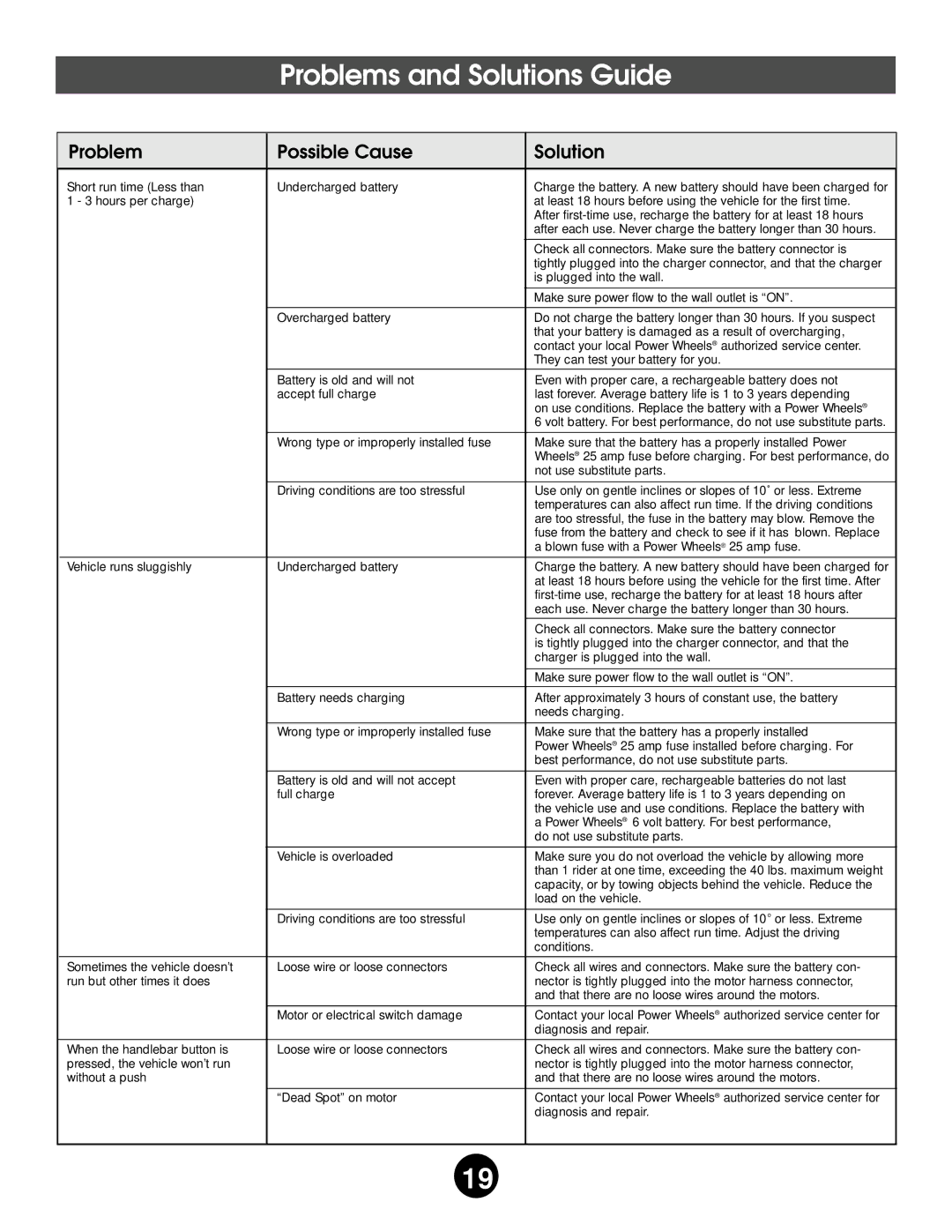76920 specifications
The Kawasaki 76920 is a versatile and powerful tool that has gained significant attention in the outdoor equipment market. Primarily designed for efficient and effective lawn care, the Kawasaki 76920 showcases a blend of advanced technology and robust engineering to cater to professional landscapers and homeowners alike.One of the standout features of the Kawasaki 76920 is its powerful engine. Equipped with a high-performance four-stroke engine, this tool delivers exceptional power and reliability, allowing it to tackle even the toughest jobs with ease. The engine is designed for optimal efficiency, enabling users to complete their tasks with less fuel consumption, which is both eco-friendly and economical.
In addition to its powerful engine, the Kawasaki 76920 includes an ergonomic design that enhances user comfort and reduces fatigue during extended use. The handle is adjustable, allowing users to find the perfect grip for maximum control. The lightweight construction of the tool further enhances maneuverability, making it easy to navigate through various terrains.
Another notable characteristic of the Kawasaki 76920 is its advanced cutting technology. The tool features sharp, durable blades that ensure a clean and precise cut every time. The adjustable cutting height feature allows users to customize the trim to their specific needs, making it suitable for various types of grass and vegetation.
The Kawasaki 76920 also incorporates user-friendly aspects such as an easy-start mechanism and simple maintenance requirements. This feature is especially beneficial for those who may be less experienced or simply want a hassle-free operation. Regular maintenance is simplified by easily accessible engine components, ensuring that the tool can be serviced quickly without extensive downtime.
Durability is a key attribute of the Kawasaki 76920, built to withstand rigorous use in challenging conditions. The construction materials are designed to resist corrosion and wear, contributing to a longer lifespan and greater reliability over time.
In conclusion, the Kawasaki 76920 is a robust and advanced outdoor tool that combines power, efficiency, and user comfort. With its impressive engine performance, ergonomic design, superior cutting technology, and durable build, it establishes itself as a top choice for anyone serious about lawn care and landscaping. Whether you are a homeowner or a professional landscaper, the Kawasaki 76920 is capable of meeting a broad range of outdoor maintenance needs.

